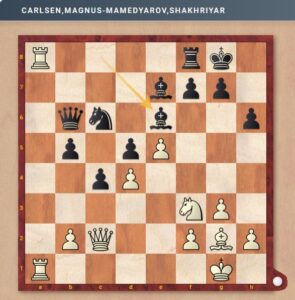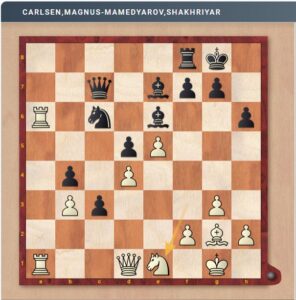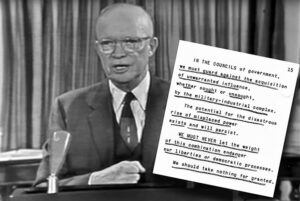This week’s episode of Around the World in 80 Days filled me with incredulity from beginning to end. To eliminate suspense immediately, it was not the good kind of incredulity. Almost everything in this episode revolved around either a remarkable coincidence or illogical behavior.
The episode also lacked a clear central theme to anchor the various plot lines. It bounced from one plot to the next and I found none of them particularly compelling. All in all, I’d say this was probably the worst episode of the series so far.
I’m saddened by this episode because it held tremendous potential. All of the competing plot lines had the possibility to be compelling stories on their own but none of them grabbed me. But, enough prelude, onto the review.
Competing Main Plots
A plot in this episode of Around the World revolves around Fogg and his companion’s inability to access money after arriving in Hong Kong. Exciting, huh? Not really and particularly egregious because the other plots are much better.
There is the governor and his wife and her yearning for romance. This is something meaty to grab the heart. Then we delve into vile colonial looting of native relics. That’s something well-worth exploring in detail. Fix’s article exposes Fogg’s lost love and this causes him great embarrassment. That’s drama and character arc for both Fogg and Fix. Good stuff. Lastly is Passepartout’s previous life as a criminal which gets short-shrift indeed.
The problem here is the five ideas are competing for screen time with one another and all of them get a cursory, at best, examination. The episode of Around the World in 80 Days failed to focus on one of its compelling ideas and thus all failed.
Coincidence upon Coincidence
My bigger criticism of this episode is the series of unlikely events that drive the plot. Each one on its own takes me out of immersion as I shake my head, but the endless line of inexplicable actions left me downright peeved.
Once Fogg cannot access his money, we suddenly learn Passepartout speaks Cantonese and is an old acquaintance of high-ranking member of a Chinese Tong. This strains the incredulity because it was not mentioned, nor even hinted at in previous episodes.
Passepartout visits his old friend leaving Fix outside to eat a bowl of soup with chopsticks. I know it’s nitpicky but, seriously, I’ve eaten at Chinese restaurants. They give you one of those flat-bottomed spoons. Frankly, it’s insulting to the Chinese culture.
Fix is trying to eat soup with the chopsticks, comic relief I guess, and the Tong leader asks Passepartout to steal a relic looted by the colonial English. The Tong leader claims he cannot steal it as no Chinese are allowed in the governor’s compound. Only the former thief can do it. It is just so, so unlikely.
Passepartout refuses emphatically as he is not a thief anymore. After the refusal his old friend is apparently ready to kill him but Fix barges in for reasons that are unclear. As writer guy at Pitch Meeting might say when questioned by her appearance, “She barges in because it’s in the script. I wrote it. It’s right here.”
Next our heroes find themselves at the governor’s estate for a party held by the romantically challenged Englishman and his romantically starved wife. In it, Chinese natives act as servants and are seen everywhere. Hmm.
In a stunning coincidence, the governor’s wife brings out the stolen relic and asks Fogg to place around her neck for reasons that are unclear. Passepartout tries to get the governor drunk for reasons that are unclear.
Fogg asks for money and doesn’t get it because it’s important to drive the plot forward. Passepartout, unwilling to steal for money a moment ago, now takes it upon himself to steal the relic. Why? Because it’s in the script, that’s why. The governor’s wife wears the necklace to bed. Ok, whatever, I’ve given up trying to assign rationality to anything that happens.
Passepartout steals the necklace whilst showing off bad-ass ninja skills. Is there anything this man can’t do to forward the plot?
Sometime around midmorning the governor’s wife realizes the necklace isn’t around her neck anymore despite going to bed with it. Immediately it’s decided Fogg stole it because the police find money, in the first place they look, at his quarters.
Cultural Looting is fine when it’s for Love
The governor stole the Chinese relic from the grave because he loves his wife. His wife is romantically fulfilled. Passepartout confesses. I don’t know, I gave up a while ago, I’m not paying a great deal of attention. The governor pardons everyone. There’s a race to stop Fogg from getting flogged. Despite everyone yelling to stop, at precisely noon the first strike is delivered but further punishment is withheld. Yay.
The End
With funds restored our intrepid band boards a liner where Fogg is waylaid by the gun wielding villain. How will he get out of this mess? Maybe Passepartout is actually a time traveler and has a teleportation ray gun. Who knows, who cares?
Tom Liberman








